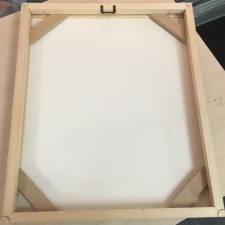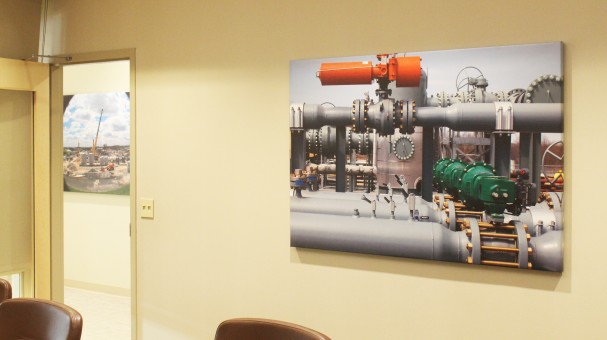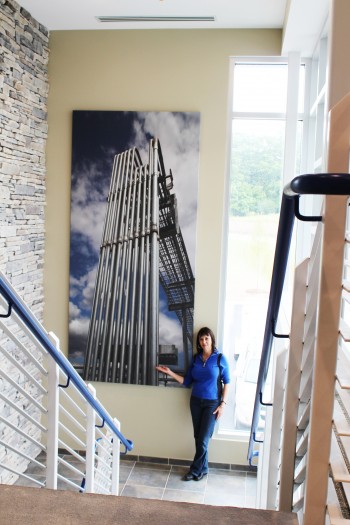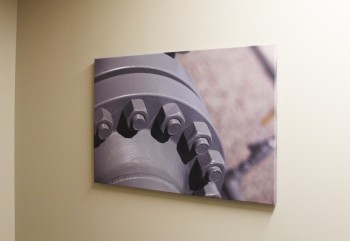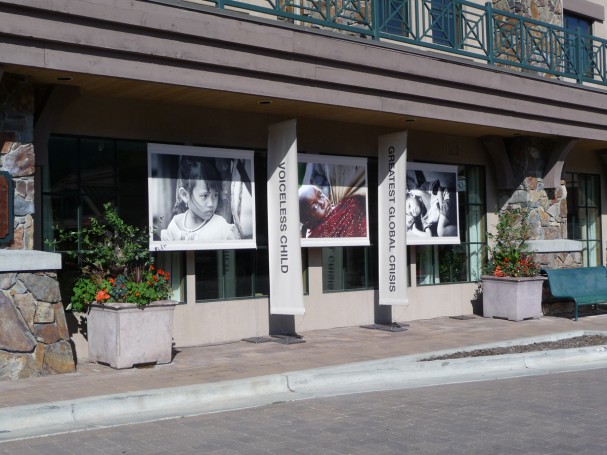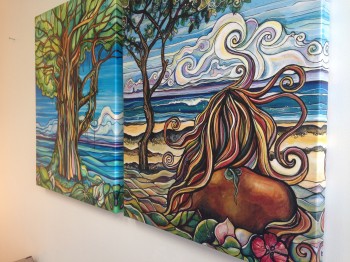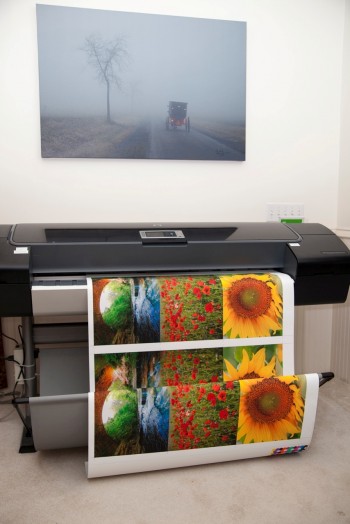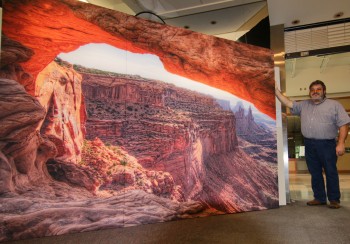Now’s the time to stock up on best-selling Sunset Select Matte Canvas, the award-winning bright-white, poly/cotton blend canvas that provides gold medal-worthy consistency and color gamut for fine art reproduction and photo printing.
Get your game on now to be prepared for the upcoming holiday seasonal demand for photo reprints and custom canvas wraps. Through August, Sunset Select Matte Canvas is 25% off when you order through your LexJet rep at 800-453-9538 or by ordering online.
Product highlights:
- Acid-free, pH-neutral coating and high white point for consistent, accurate colors
- Water-resistant poly/cotton blend for greater durability and ease in stretching
- Heavyweight (408gsm) bright white matte canvas with an Oxford 2 over 1 weave
Sunset Select Matte Canvas, a 2010 Hot One Award winner, works with aqueous inks and is compatible with printers from Canon, Epson and HP. SHOP NOW



